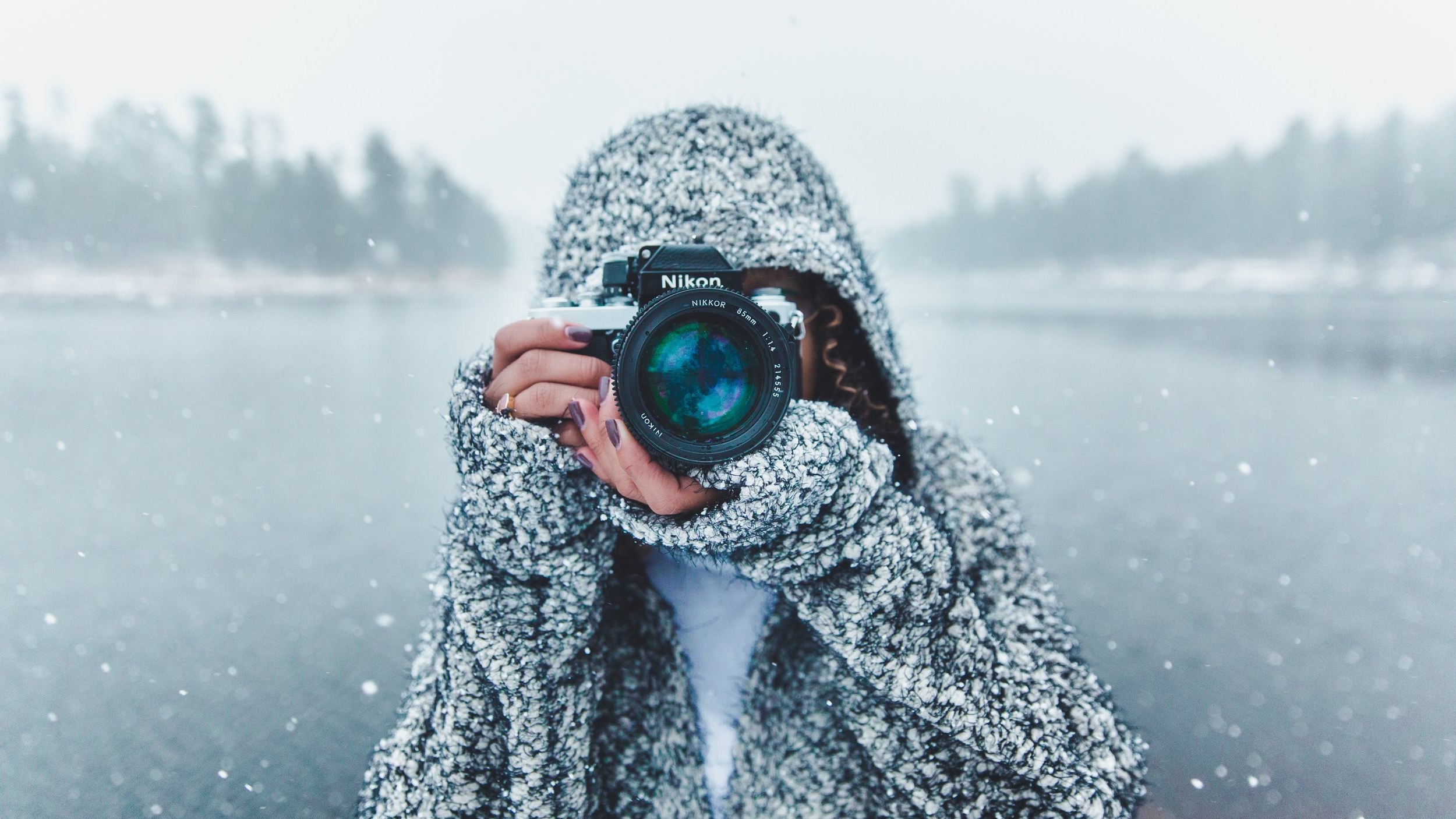Five tips to getting great action shots
Getting that perfect action shot is itself a rush of adrenalin. It's rewarding and gives the photographer an enormous sense of satisfaction. But, how do you get that perfect shot? Let's look at the basics.
Equipment:
If you're just starting out, you can use an entry-level camera - but only if you must. The quality of your equipment matters if you want excellent action shots, especially if you're shooting in lower light conditions. Keep in mind that shooting actions is one of the most demanding tasks you can impose on a camera.
While you can use an entry-level camera, you will need at minimum a camera with excellent autofocus and fast continuous shooting. Look for a camera which offers decent photo quality ISO range of 800-ISO 6400. For your lenses, it's a good idea to have a telephoto (70 mm to 300 mm) and
super telephoto (greater than 300 mm).
Bottomline: Start out with the best equipment you can afford. One suggestion is to rent high-quality equipment until you get a feel for what camera you like best.
Place yourself well:
You'd be surprised how many amateur photographers miss the perfect shot because they were in the wrong place at the wrong time. In other words, to get that perfect shot, find the ideal spot in which to plant yourself. The best action photographers are wizards at predicting where to place themselves for the best shots. For example, if you're shooting water sports, the best place to be is probably in the water. Expect to miss a lot of good shots early on, but you can learn from those losses as well.
Bottomline: The better you know the sport you're shooting, the better you will be at predicting where you line yourself up for the shot.
Angles:
What's your angle when taking an action shot? The angle you shoot from can make or break a picture and can give the viewer a better sense of the action. You may want to shoot from beneath the action while aiming up or vice versa. An example of this could be taking a picture of a skateboarder as he flies through the air while you're situated below him. That angle gives the viewer a feel for the action.
Bottomline: Play around with different angles when shooting action because it can make an ordinary action shot extraordinary.
Nimble:
The kiss of death for action photography is the inability to make yourself nimble. To capture the action, you'd better be able to move as needed. If you're weighed down with equipment or not ready to move quickly means losing the shot you need. For example, crouch with just one knee on the ground rather than sitting down. Keep both hands on the camera. It will be much easier to jump up this way.
Bottomline: Position yourself in such a way you can move when you need to.
Light it natural:
Use natural light as much as possible and ditch flash photography. Keep the sun at your back when shooting outdoor action, so you don't have to deal with exposure, etc. If you're shooting directly into the sun with your subject standing between you and the light, you'll probably want to underexpose the shot to compensate. You can always adjust the image when editing later.
Bottomline: Skip the flash photography. Make use of the natural light. It takes a lot of effort, experience, and skill to use flash for action shots.




















